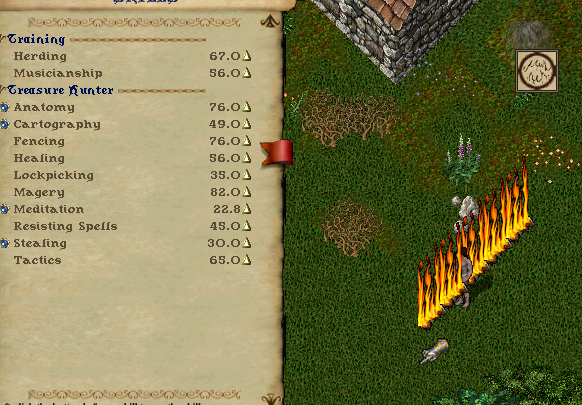
It provides a palpable increase in concision and convenience over the 2-digit vesion I presented. being able to count from 0 to decimal 215) using the same memory burden as a single digit is an extrodinary amount of mental leverage. Being able to remember a 3-digit senary number (i.e. This is not just running, its running with 7-league boots. The solution I'm presenting to enhance the basic mnemonic system to allow the use of a single word to represent up to 3 senary digits. However, there is still this awkward range, starting beyond 2 digits, that it really *does* feel like you are kind of between walking and running. The mnemonics presented in the first essay help for "brisk walking" by making it as easy to wield 2-digits as it was oroginally easy to wield single digits. Senary, is, as it were, very good for "walking" i.e.

I think this is a very cogent objection to senary, and I have felt the pain myself. In this she said "There are interesting bases, like 6, 30 and 36, whose size is such that it falls on the cusp, that is, when it's too fast to walk, and too slow to run." too small for one algorithm, and too big for others. She says that bases like 6 are "neither fish nor fowl", i.e. She used two very memorable metaphors to express her point. This objection was raised by Wendy Krieger.

But there remains one interesting objection to be addressed. Most of the objections to senary I've seen on the forum, if you boil them down to their essence, are varients of the above two objections. * The digits tend to get repetative and boring. * Senary takes more digits to represent a number than dozenal and decimal. In my first essay about senary mnemonics, I presented what I claimed was a comprehensive solution to senary's two most pressing problems:


 0 kommentar(er)
0 kommentar(er)
